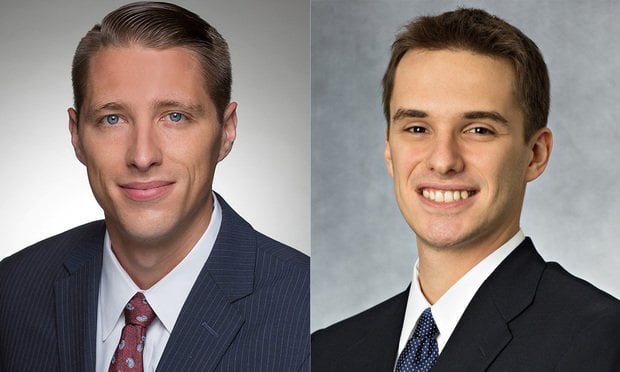Two not so disparate events happened last week on opposite ends of the country. First, the President speaking from the White House proposed a $50 billion program to create jobs through infrastructure funding. A few days later a 50-year-old gas main ruptured in a community south of San Francisco destroying an entire neighborhood. The Obama proposal received lukewarm attention, especially from folks who oppose more government spending, while the explosion horrified anyone with gas lines running near their homes—many of us. While we shouldn’t panic over San Bruno-style gas main ruptures coming to a town near you, the tragedy once again red flags the country’s looming infrastructure crisis—old and inadequate systems face breakdowns, which not only impact economic competitiveness, but lead to dire consequences.
Obama’s latest infrastructure proposal basically comprises another round of stimulus spending for ad hoc projects to fix roads, expand mass transit, and build new airport runways in Congressional districts spread from coast to coast. It would temporarily boost public sector construction work, but is a drop in the bucket given the trillion dollars plus necessary to make a dent in remediating and updating the nation’s ageing systems. And it does nothing to address the country’s long-term needs for the 21st century, including creating interconnected, multi-modal regional transport networks serving our primary economic hubs, a new electric grid to replace the current Depression era system, and regional-multi-state water plans to ensure our major metropolitan areas have enough clean water to sustain future growth. After last week, now let’s add rusting underground gas mains to dilapidated sewage treatment plants and water lines in need of repair.
The President’s timid program reflects the country’s inability to confront its ebbing competitive status. Stuck in our severe debt hole, we’re paralyzed as slowly, inevitably systems breakdown—the very systems we depend on for transportation and basic life needs—water, heat, and electricity. We suffer a levee breach here, a bridge or overpass closing there. A water main bursts flooding out a street, the local treatment plant overflows into the river closing beaches. Severe thunderstorms in Atlanta or New York back up flights around the country. And come to think of it, the commute into work seems to take longer and longer year after year.
And we’re not just talking about mounting inconvenience and unpleasantness. California and states throughout the desert Southwest wonder about whether they will have enough water from shrinking mountain snow caps and diminished flows through the Colorado River watershed. Georgia, Florida, Alabama and Tennessee tussle over water rights that ultimately could affect Atlanta’s ability to expand. South Florida struggles with whether the degraded Everglades will sustain future water needs.
Then there is the outmoded electric grid—a fritz out of this 70-year-old system could be disastrous to a power-based economy. And it is ill-suited to handle power generated from alternative energy systems like wind and solar.
I can go on about our lack of high speed rail and all our car dependent metropolitan areas, strangling in congestion.
So we can continue to put the costs off and do nothing or take our chances. It’s a choice between more tolls and higher user fees, bigger water and electric bills, and higher taxes or more potholes, brown tap water, and every once and a while and with increasing frequency a gas main rupture or a bridge collapse. Either way we can’t escape a cost.
© 2025 ALM Global, LLC, All Rights Reserved. Request academic re-use from www.copyright.com. All other uses, submit a request to [email protected]. For more information visit Asset & Logo Licensing.








